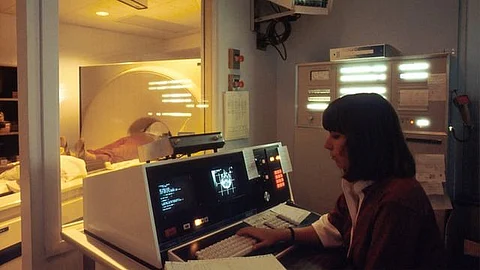The Hebrew University of Jerusalem (HU) researchers, led by Professor Aviv Mezer, realized that the cellular changes in Parkinson's could possibly be revealed by adapting a related technique, known as quantitative MRI (qMRI). Their method has enabled them to look at microstructures within the part of the deep brain known as the striatum – an organ which is known to deteriorate during the progress of Parkinson's disease. Using a novel method of analysis, developed by Mezer's doctoral student, Elior Drori, biological changes in the cellar tissue of the striatum were clearly revealed. Moreover, they were able to demonstrate that these changes were associated with the early stages of Parkinson's and patients’ movement dysfunction. Their findings were published today in the prestigious journal Science Advances.


